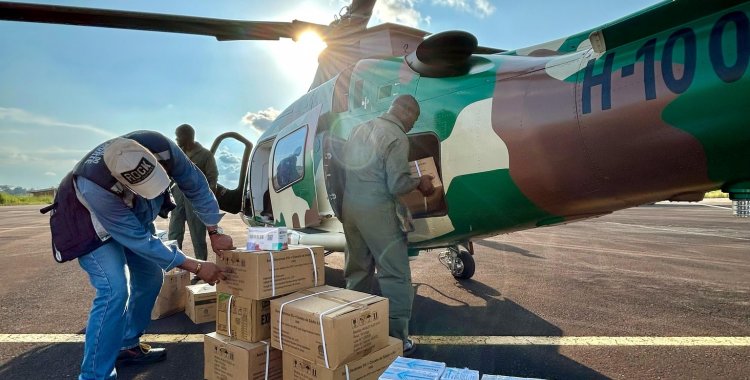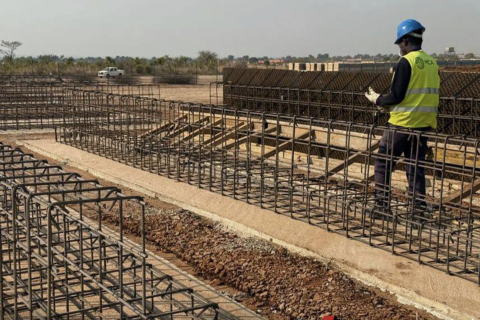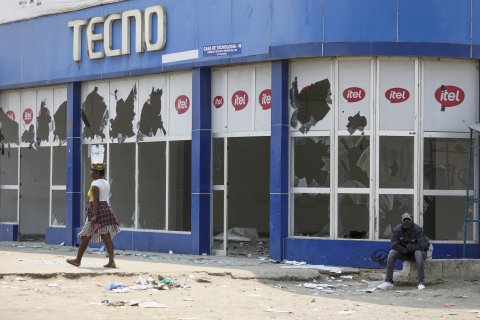According to a post on the provincial government's Facebook page, no new deaths were recorded in the last 24 hours, with the exception of a child who arrived in critical condition at the emergency care center. Of the 322 cases registered, all patients were discharged after treatment, the provincial government said, without detailing in what period these cases were reported.
Cholera deaths peaked this weekend, with 24 deaths in 48 hours, 17 of which were in Cuanza Norte, with the epicenter in the municipality of Cazengo, where Luinha is located and where 13 people died.
To prevent the spread of cholera to other areas of the province, a sanitary fence was imposed in Luinha, which means that the entry and exit of people in this area is prohibited, with the exception of health technicians and personnel from the defense and security forces.
Since the beginning of the outbreak, declared on January 7, the country has accumulated 7,410 cases of cholera, spread across 14 provinces, and a total of 282 deaths, according to the latest epidemiological bulletin released by the Ministry of Health, dated March 16.
According to the provincial government, replacing the bridge that connects the town to the main road will be a priority, and a technical team has been deployed to assess the situation.
Measures have also been initiated to reinforce the supply of drinking water and the implementation of a medical post to reinforce care is underway.
“A new batch of medicines was sent to the region, not only to combat cholera, but also for other tropical diseases, such as malaria,” said authorities from Cuanza Norte.
To prevent the spread of the disease, Luanda Railway trains that transport cargo and passengers to or from Zenza do Itombe, Ndalawi (Beira Alta), Múria and Luinha stations were suspended.







